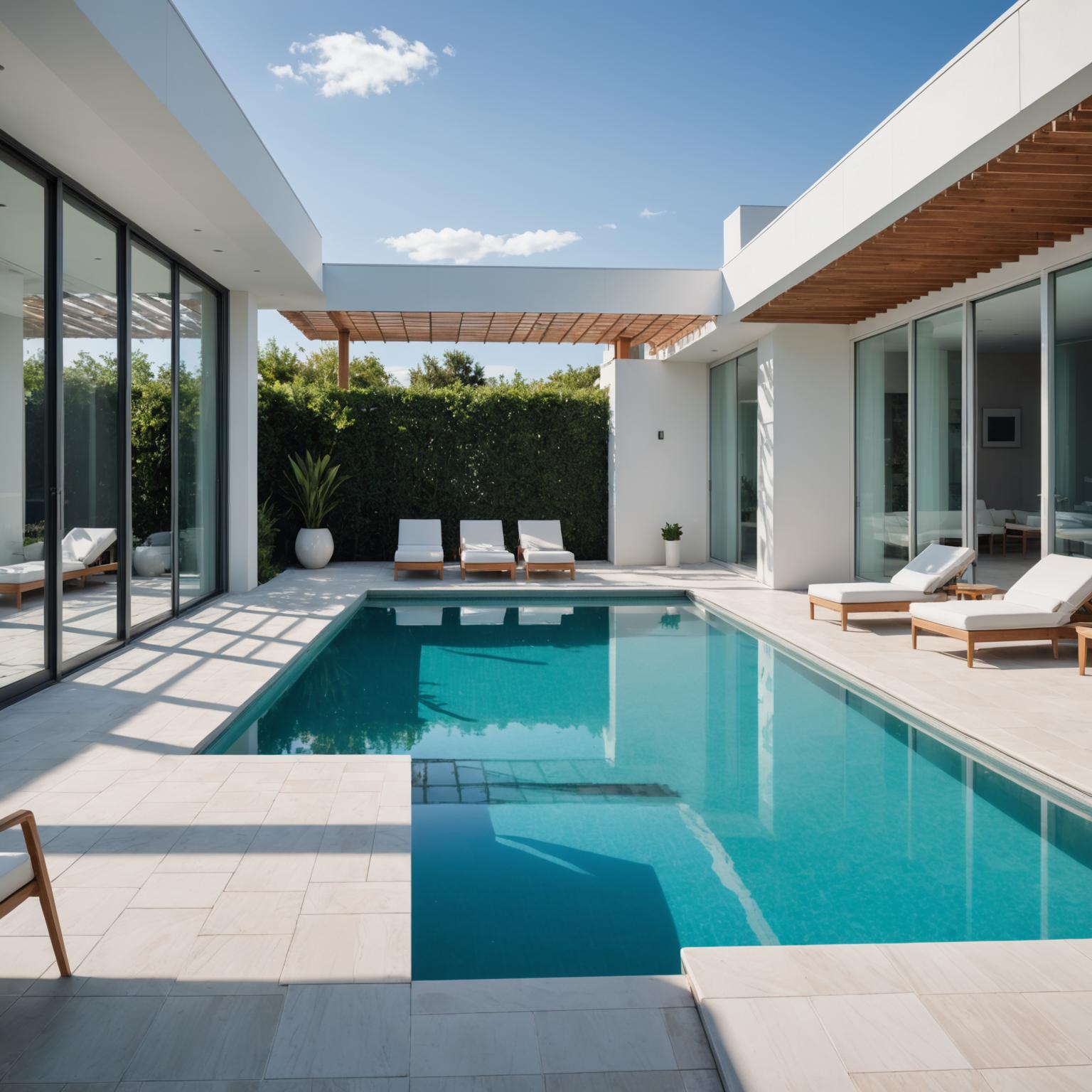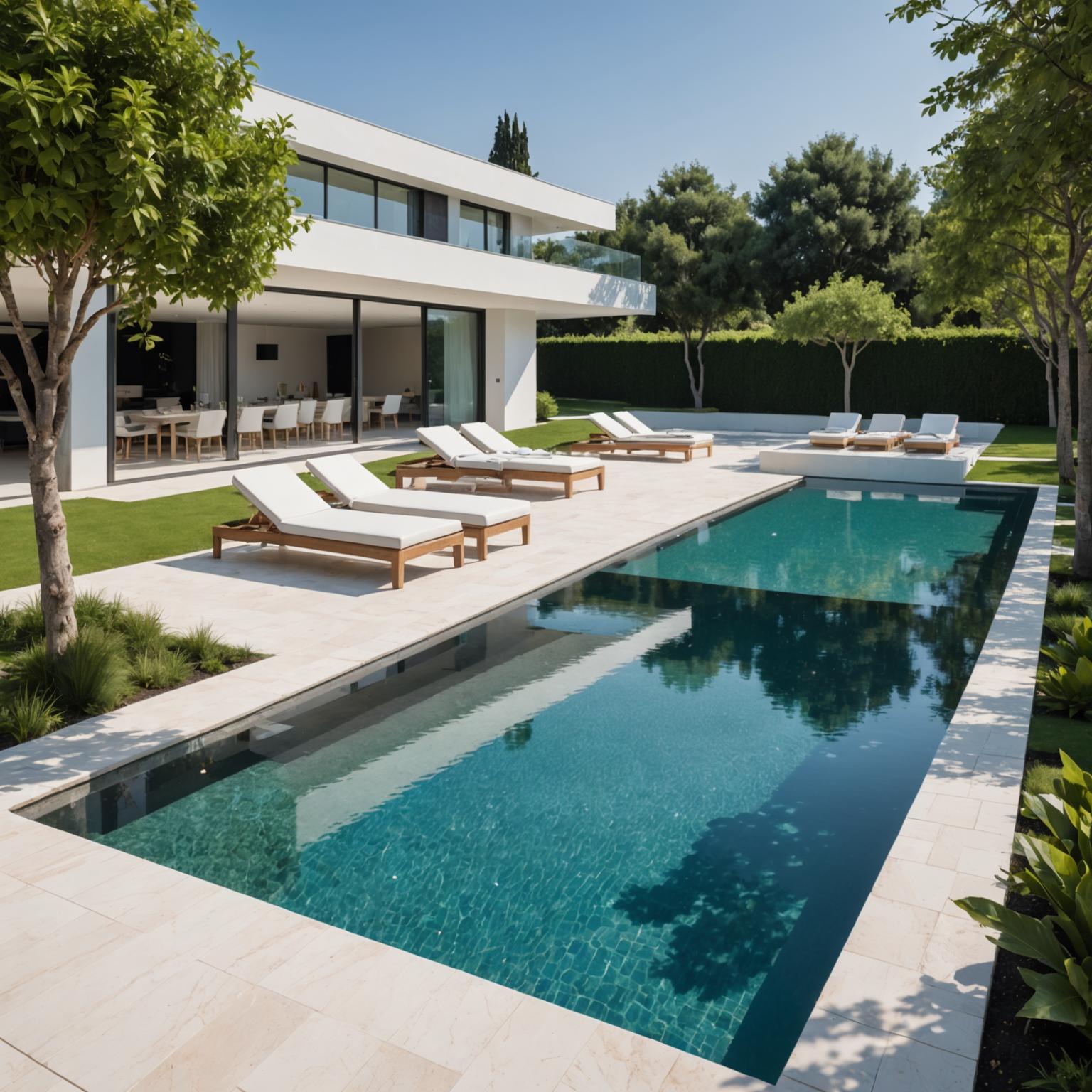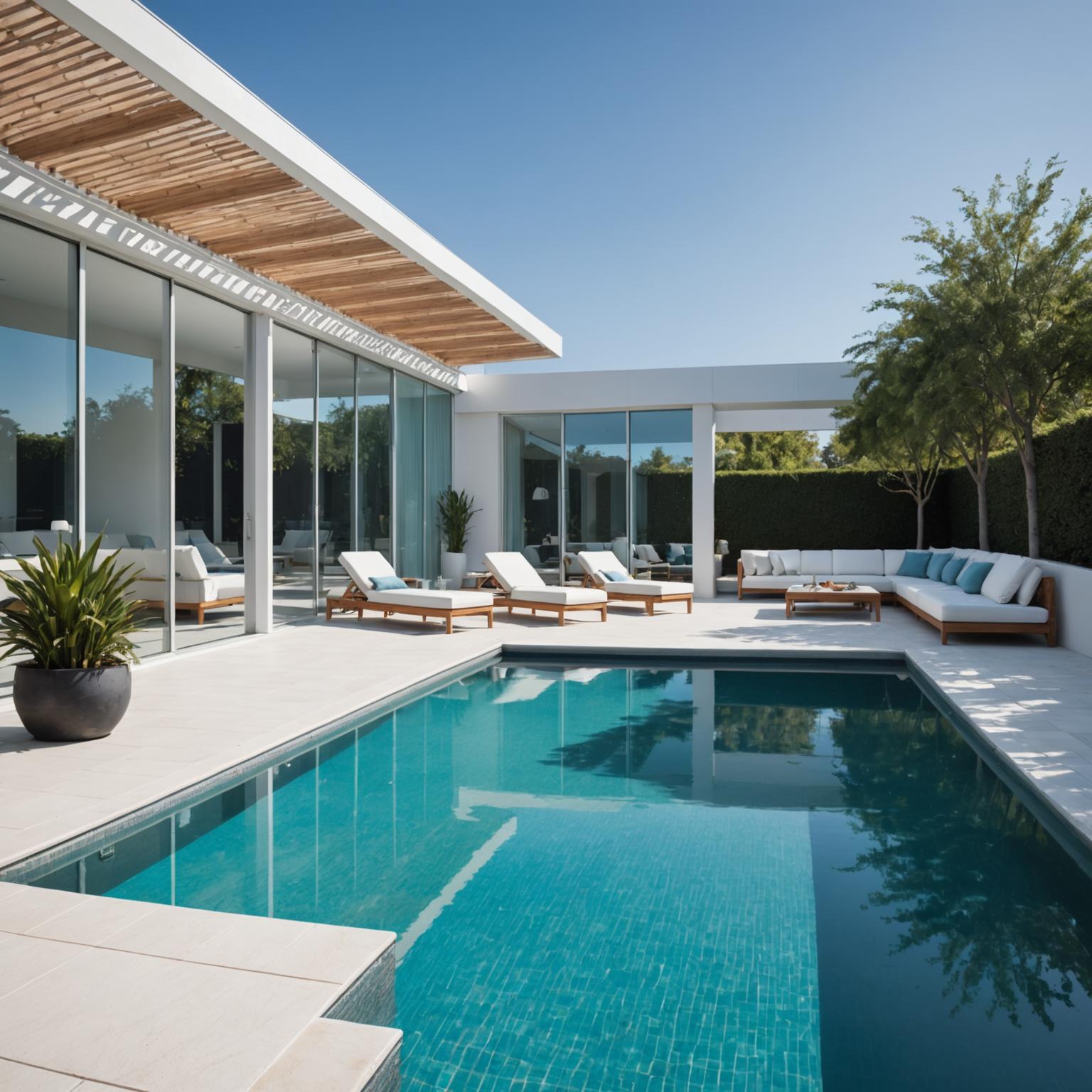
Integrated Precision: How OEM Pool Cleaning Kits Redefine Standardization and Maintenance Efficiency
The Industry’s Fragmentation Problem
In large-scale aquatic facilities, pool maintenance often involves tools sourced from multiple suppliers—each with different materials, fittings, and durability levels. The result is a fragmented maintenance system that lacks compatibility and predictability.
Leaks occur where fittings mismatch, suction power is inconsistent, and replacement parts vary in dimension and thread pitch. Over time, this inconsistency translates into higher operating costs, redundant stock, and longer staff training cycles.
Facility managers often face a paradox: the more suppliers they engage, the less integrated their operations become.
The rising demand for continuous operation in resorts, aquatic centers, and fitness clubs exposes these inefficiencies. Here, downtime is not an option, and the cost of equipment incompatibility becomes tangible.
Engineering Integration: The Principle Behind OEM Kits
OEM pool cleaning kits are designed as a closed, coherent system, not as a random collection of parts. Each component—from vacuum head and telescopic pole to hose fittings and filter adapters—follows a shared engineering logic.
The key design philosophy lies in fluid dynamics optimization: minimizing suction loss across connections, maintaining balanced pressure distribution, and ensuring even debris extraction throughout the pool floor.
This integrated approach mirrors system engineering practices used in industrial automation, where every sub-component operates as part of a unified mechanical ecosystem.
Instead of chasing spare parts, operators benefit from standardized interfaces and predictable performance.
By adhering to consistent manufacturing tolerances and using chemical-resistant polymers, OEM kits ensure long-term durability and precision that ad-hoc assemblies cannot achieve.
Modular OEM Kits vs. Assembled Multi-Brand Tools
| Feature | Conventional Assembled Tools | OEM Pool Cleaning Kits |
|---|---|---|
| Compatibility | Mixed dimensions, prone to leakage | Fully matched interface system |
| Efficiency | Uneven suction & low coverage | Optimized hydraulic flow |
| Durability | Varies by component | Uniform material quality |
| Maintenance | High replacement frequency | Predictable maintenance cycle |
| Cost Structure | Low upfront, high lifecycle cost | Balanced TCO with long-term ROI |
| Training Need | Multi-brand complexity | Simplified operation via standardization |
The measurable advantage lies in lifecycle value: a standardized OEM system reduces maintenance interruptions by up to 30%, extending part longevity by 40% in continuous-use facilities.
Practical Applications: From Resorts to Industrial Pools
Modern facilities increasingly favor OEM-integrated systems for both functional and strategic reasons.
-
Resort Pools: Require silent, ergonomic designs for discreet cleaning during guest hours. OEM kits enable low-noise performance and minimal water disruption.
-
Public Aquatic Centers: Prioritize durability and safety compliance. OEM assemblies maintain consistent vacuum strength even during extended shifts.
-
Industrial or Training Facilities: Operate under high particulate load and chemical exposure; uniform polymer coatings and sealed bearings reduce degradation under chlorine-rich conditions.
These scenarios demonstrate how OEM engineering translates into real operational reliability, regardless of scale or location.
Procurement Insights: Balancing Standardization and Flexibility
Selecting an OEM pool cleaning kit involves evaluating interface precision, chemical resistance, and suction efficiency—not just price.
Facilities should assess equipment under long-term ROI models, focusing on Total Cost of Ownership (TCO) rather than initial purchase value.
Procurement Recommendations:
-
Look for integrated systems with unified thread and coupling standards.
-
Prioritize kits rated for continuous-duty operation (minimum 8-hour runtime).
-
Request test data on suction efficiency and water turbulence control.
-
Ensure supplier offers after-sales OEM component consistency for 3+ years.
This decision framework shifts focus from reactive maintenance to predictive asset management—a key principle in modern facility operations.
Our Advantage: OEM Precision Meets Export-Ready Design
Through in-house mold development and full-chain quality control, Bonny designs OEM pool cleaning kits that achieve consistent fit, durability, and hydraulic precision across international markets.
All components are built for modular replacement and export standard compliance, making them ideal for large-scale distributors and branded customization projects.
To explore integrated OEM pool cleaning solutions or discuss technical specifications, visit Bonny’s homepage or contact us here.







